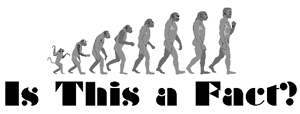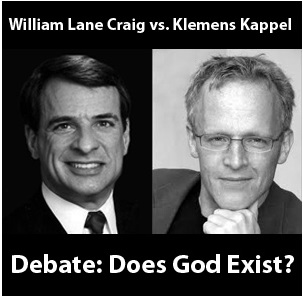 A great and wondrous sign appeared in heaven: a woman clothed with the sun… Then another sign appeared in heaven: an enormous red dragon Rev 12.1, 3 |
When it comes to the Big Bang Theory, better to deny it and enrage the dragon, than God |
I’ve noticed a number of Christians – including some well known defenders of the faith1 – like to use the Big Bang as a way to ease a scientifically minded culture into belief in God since the Big Bang theory requires you believe that 1) the universe began 2) a finite amount of time ago, at a point in time, 3) out of nothing – just like the bible says. That leaves a perfect opening to present the Kalam cosmological argument which, briefly stated, says:
1. Anything that begins to exist has a creator
2. The Universe began to exist
3. Therefore the universe had a creator Continue Reading

.jpg)

 Though they’ll never admit it, most evolutionists adhere to evolution as followers in any other religion adhere to their faith.
Though they’ll never admit it, most evolutionists adhere to evolution as followers in any other religion adhere to their faith.





